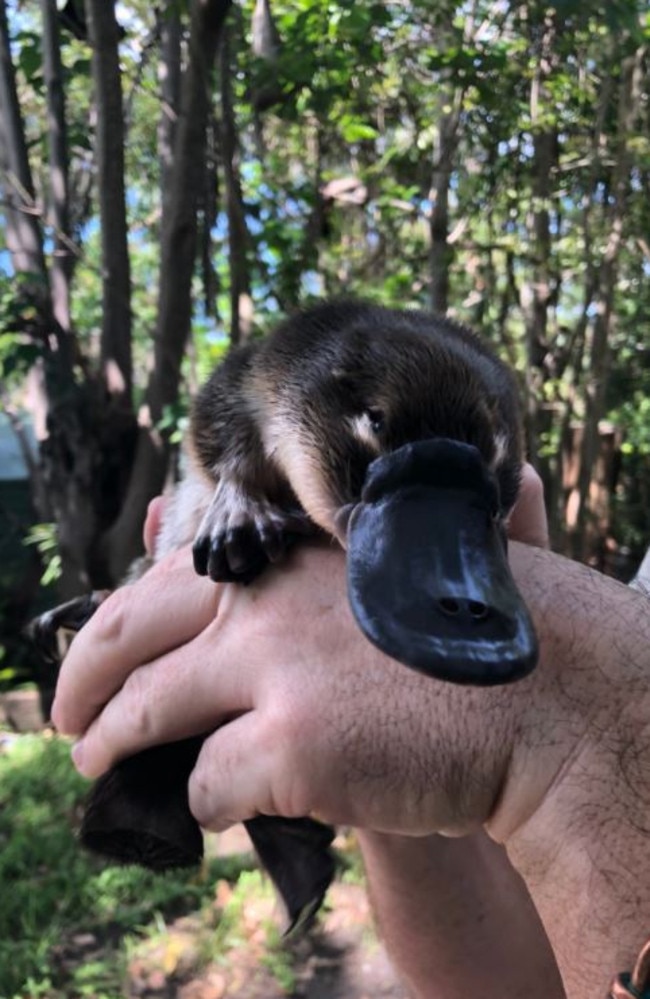Shock data: 2022 floods push Ipswich platypus to the brink
New data has revealed the immense harm done to Ipswich’s remaining platypus in the 2022 flood, with fears the iconic animal is on the brink.
Ipswich’s platypus population is on the brink according to the latest Council monitoring report, which have revealed the amount of mud washed down local creeks in the 2022 floods was hundreds of times higher than normal.
Council has been monitoring the animals for the past seven years by tracking minute amounts of environmental DNA (eDNA) in 22 Ipswich creeks and waterways.
Environment and Sustainability Committee Chair, Russell Milligan, said he hoped a Platypus Recovery Plan, started in 2020, would provide a pathway to restore the once-thriving population.
“Platypus monitoring was conducted in June last year, only a few months after the floods, at 22 known platypus sites across Ipswich,” Cr Milligan said.
“This monitoring sadly recorded just one tentative positive eDNA sign in Wacol.
“Officers repeated the eDNA monitoring at all of these 22 sites in December 2022, with similar results confirming platypus still have not yet returned to Ipswich’s rivers, creeks and waterways.”
The monitoring report revealed development in urban areas had put a strain on water flows, causing further degradation to waterways inhabited by the animals.
Combined research reports from Wildlife Queensland and council suggested the poor water quality and habitat loss in Woogaroo and Opossum creeks continued to be the greatest threat to remaining population.

Platypus prefer soft sandy banks in creeks and rivers, usually protected by tree roots and vegetation.
Unfortunately, their burrows are vulnerable in floods.
The State Government Water Quality Objective set ideal sediment loads (mud) at 6mg/L.
But water quality monitoring of the Ipswich catchments in late February and March 2022 returned high sediment loads of 2753 mg/L and 1358.7 mg/L.
“Council’s Platypus Recovery Plan will guide our efforts to restore the environment our platypus population needs to return,” Cr Milligan said.
“Council will work to protect these waterways through our regular revegetation and conservation programs and proactive sediment regulation and controls.
“We will continue working to replant waterways with suitable trees and vegetation to stabilise banks, clean the waterways and attract platypus to their old homes.
“Potential future funding opportunities will be directed towards these priority areas as well where we are aligning multiple outcomes for waterway health.
“Further, officers will seek to double their monitoring from once to twice-yearly to keep a close eye on our waterways in the hope our platypus population returns in the coming years.”




